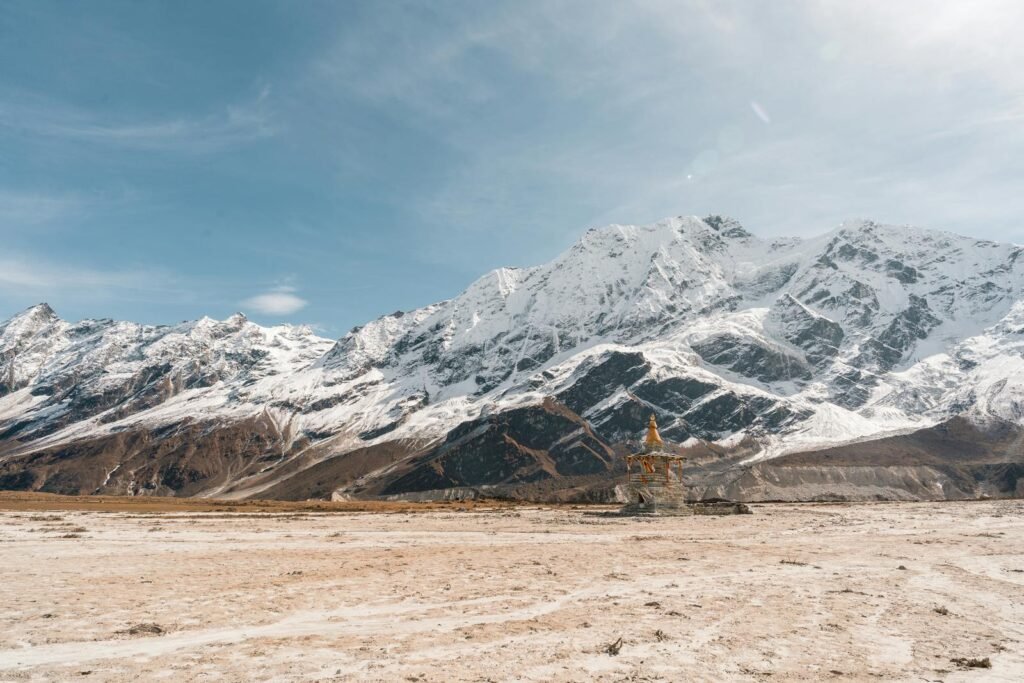Imagine a world so wild and windswept that even the clouds seem to hesitate before drifting overhead. Welcome to the Himalayas: colossal, mysterious, and home to some of the most bizarre and resilient plants on Earth. Here, life clings to the thinnest threads of existence, thriving in conditions that would make most gardens wilt in despair. But why do these plants matter? Their stories are not just about survival—they’re about triumph, ingenuity, and secrets hidden in plain sight. Get ready to be whisked away into a realm where every leaf, flower, and root has a tale more astonishing than the last.
The Harsh Reality of Himalayan Heights
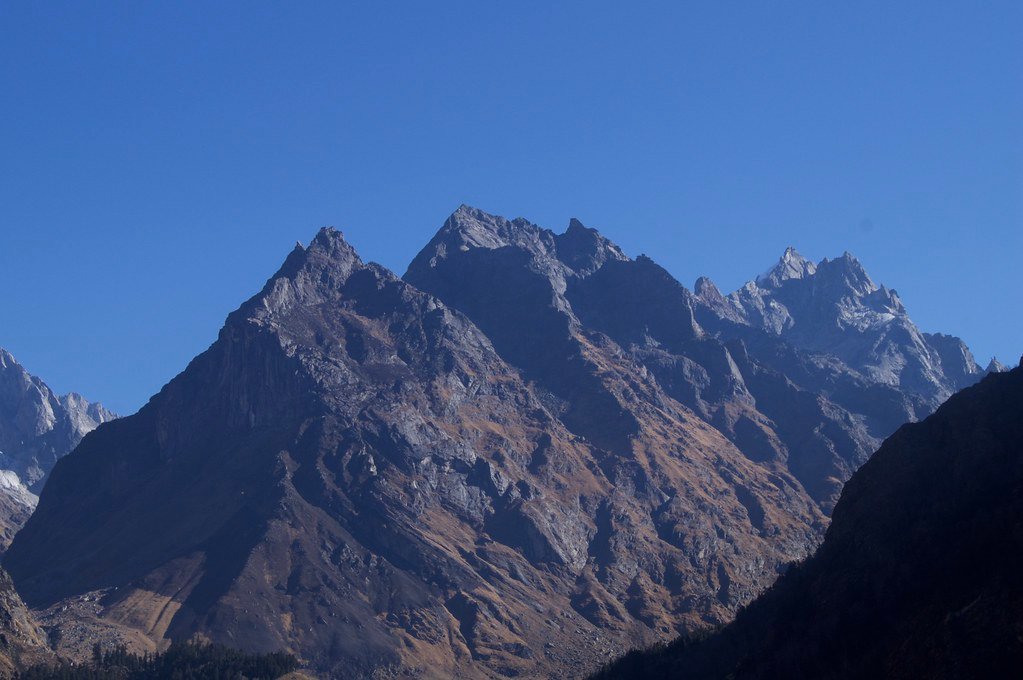
The Himalayas are not just tall—they’re downright intimidating. With altitudes soaring over 8,000 meters, temperatures can drop below freezing even in summer, and the air is so thin you can almost taste its emptiness. Plants here are battered by relentless winds, intense ultraviolet radiation, and soils as stubborn as the mountains themselves. Yet, despite these brutal conditions, life finds a way. Himalayan plants have evolved extraordinary strategies to defy the odds. These adaptations are not just survival tricks; they’re blueprints for resilience and innovation, carved by centuries of evolution in nature’s toughest laboratory.
Rhododendrons: The Blushing Giants
Rhododendrons are the showstoppers of the Himalayan slopes, bursting into color against a backdrop of gray stone and snow. Some species tower like small trees, while others hug the ground, defying the cold with thick, leathery leaves. Their vibrant flowers are more than just pretty faces—they’re survival tools, luring in the few pollinators brave enough to venture this high. When I first saw a hillside ablaze with rhododendron blooms, it felt like stumbling upon a hidden festival. These plants are living proof that beauty can flourish where you least expect it.
The Enigmatic Blue Poppy
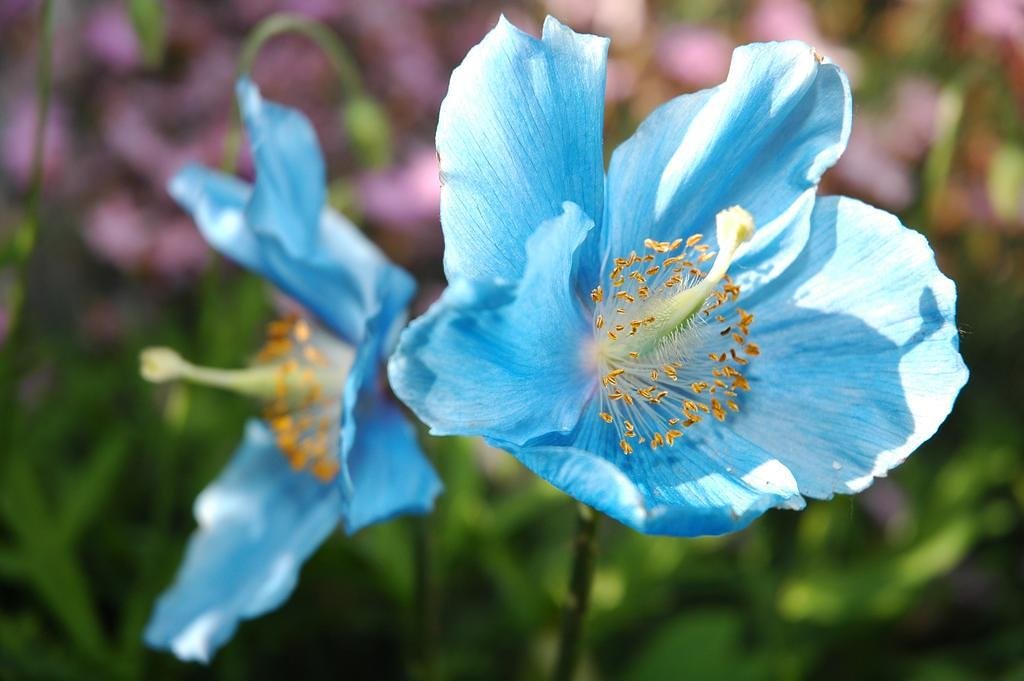
The Himalayan blue poppy (Meconopsis) is a flower that seems almost unreal, with petals as delicate as silk and a sky-blue hue that looks painted by hand. It’s so elusive that spotting one in the wild feels like winning a secret lottery. Scientists still puzzle over how these poppies manage to bloom at such dizzying heights, where pollinators are scarce and the weather unforgiving. Their secret lies in their ability to store energy underground, waiting for just the right moment to put on their ethereal show. The blue poppy is more than a flower; it’s a symbol of hope and perseverance.
Cushion Plants: Nature’s Living Pillows

Cushion plants are the unsung heroes of the Himalayan highlands. They grow in tight, low mounds—think of them as nature’s own beanbags—protecting themselves and other species from icy winds and sudden snowstorms. Their dense growth conserves heat, creating cozy microclimates for tiny insects and seedlings. Walking across a cushion plant feels like stepping on a sponge, but don’t be fooled: beneath that softness lies a toughness that keeps them alive in some of the coldest spots on Earth. These remarkable plants turn survival into an art form.
Edible Oddities: The Himalayan Yew

The Himalayan yew (Taxus wallichiana) is a tree with a split personality. On one hand, its leaves and bark contain compounds used to treat cancer; on the other, every part of the plant is toxic if ingested incorrectly. Villagers have long harvested the yew for medicinal teas and remedies, but overuse has pushed the species to the brink. The story of the Himalayan yew is a cautionary tale about nature’s generosity—and the dangers of taking too much. Its dual nature makes it both a treasure and a tragedy in these mountains.
Survival Artists: The Alpine Mosses
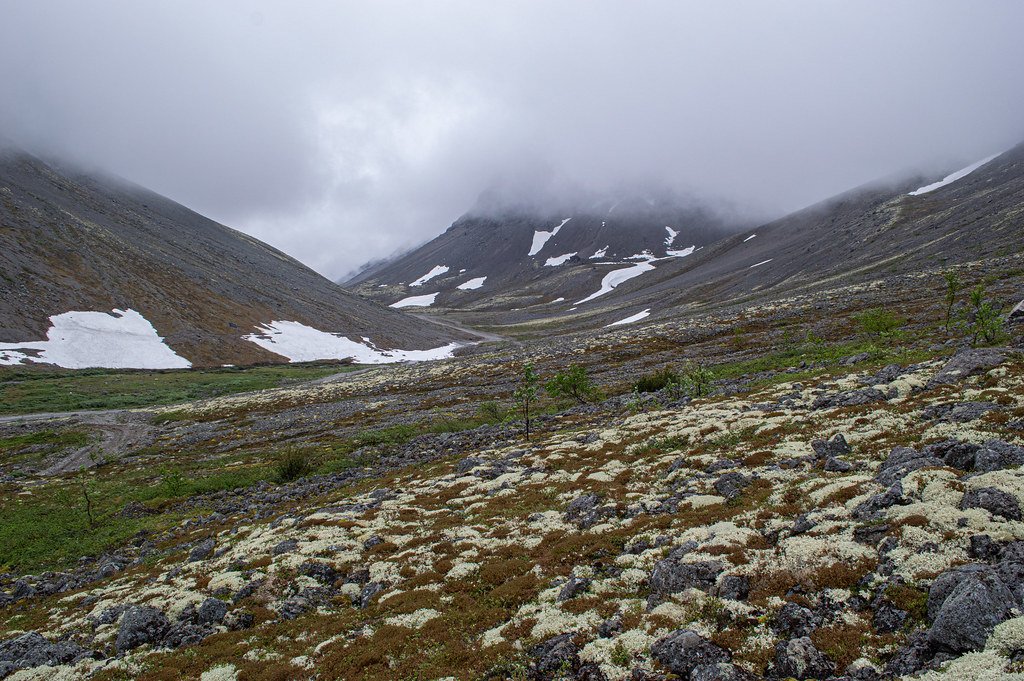
You may not notice them at first, but mosses are everywhere in the Himalayas, carpeting rocks and tree trunks in a soft, green fuzz. These tiny plants are masters of survival. They can dry out completely and spring back to life with just a drop of water—a trick called desiccation tolerance. Mosses help anchor soil, slow down erosion, and even provide food for insects and small animals. They’re quiet, humble, and essential, proving that sometimes the smallest things make the biggest difference.
The Unseen Underground: Himalayan Fungi
Beneath the surface, an invisible network of fungi connects roots and helps plants share water and nutrients. Mycorrhizal fungi are the silent partners in this high-altitude drama, forming symbiotic relationships that keep entire plant communities healthy. Some rare Himalayan fungi, like Ophiocordyceps sinensis (the “caterpillar fungus”), have become valuable commodities for their supposed medicinal properties. This fungus is so prized that it’s often called “Himalayan gold,” sparking a rush each year as locals scour the slopes for it. The world beneath our feet is as vibrant and strange as the one above.
Woolly Wonders: Saussurea obvallata
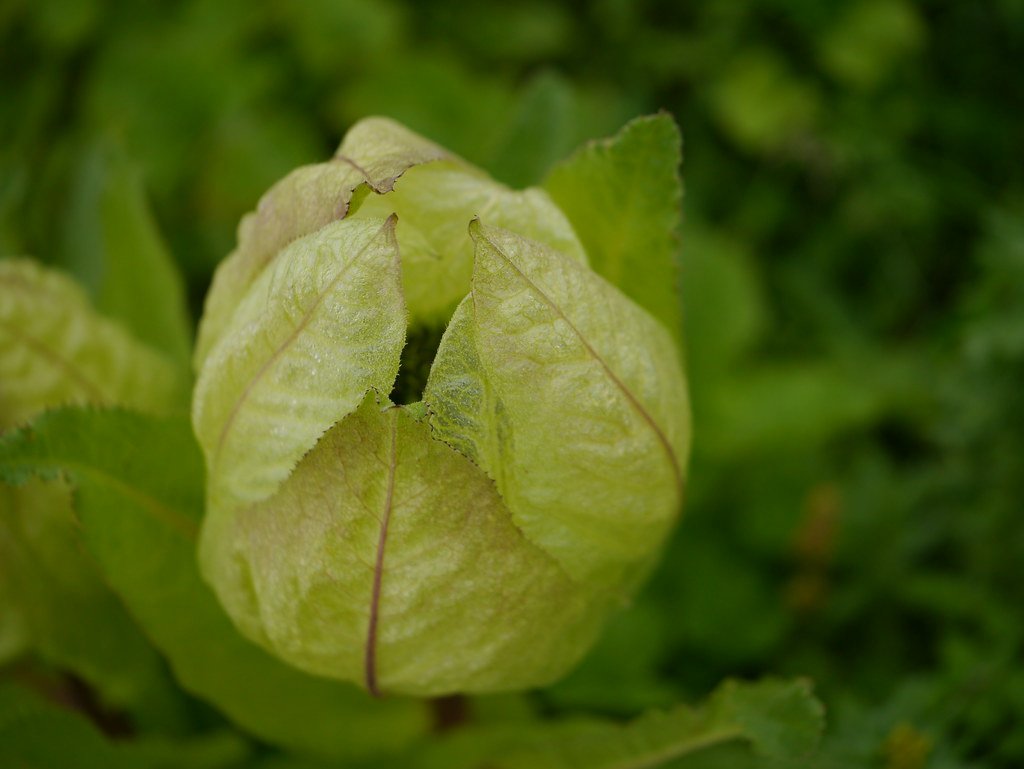
Saussurea obvallata, also known as the Brahma Kamal, looks like something out of a fairy tale: thick, woolly leaves and large, white blossoms that glow in the moonlight. This plant blooms only at night and is revered in local mythology as a symbol of purity and rebirth. The Brahma Kamal’s fuzzy exterior protects it from freezing temperatures, while its nighttime flowers attract rare pollinators. Seeing one in bloom is a spiritual experience for many, blending science with a sense of wonder.
Stunted Survivors: The Dwarf Juniper
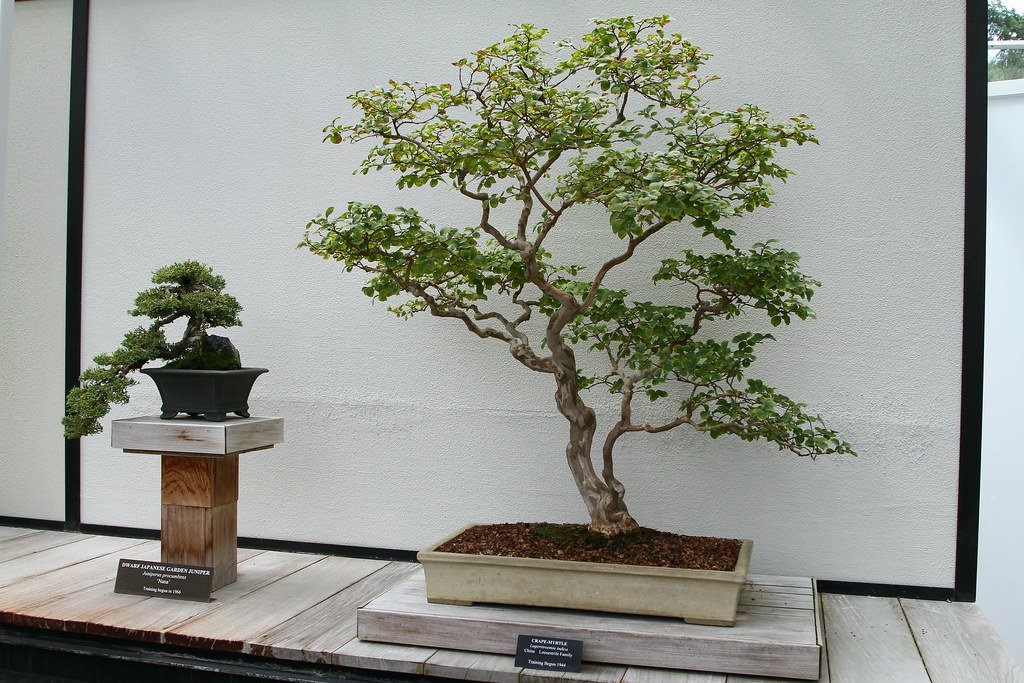
Dwarf juniper bushes crouch low to the ground, twisted and gnarled by years of harsh wind and cold. These hardy evergreens survive where few others dare, their roots digging deep into rocky soils. They provide shelter for birds and small mammals, and their berries are used in traditional Himalayan cuisine. Despite their tough exterior, dwarf junipers are vulnerable to overgrazing and climate change. Their resilience is a reminder that even the hardiest among us need protection.
Colorful Camouflage: Himalayan Primulas
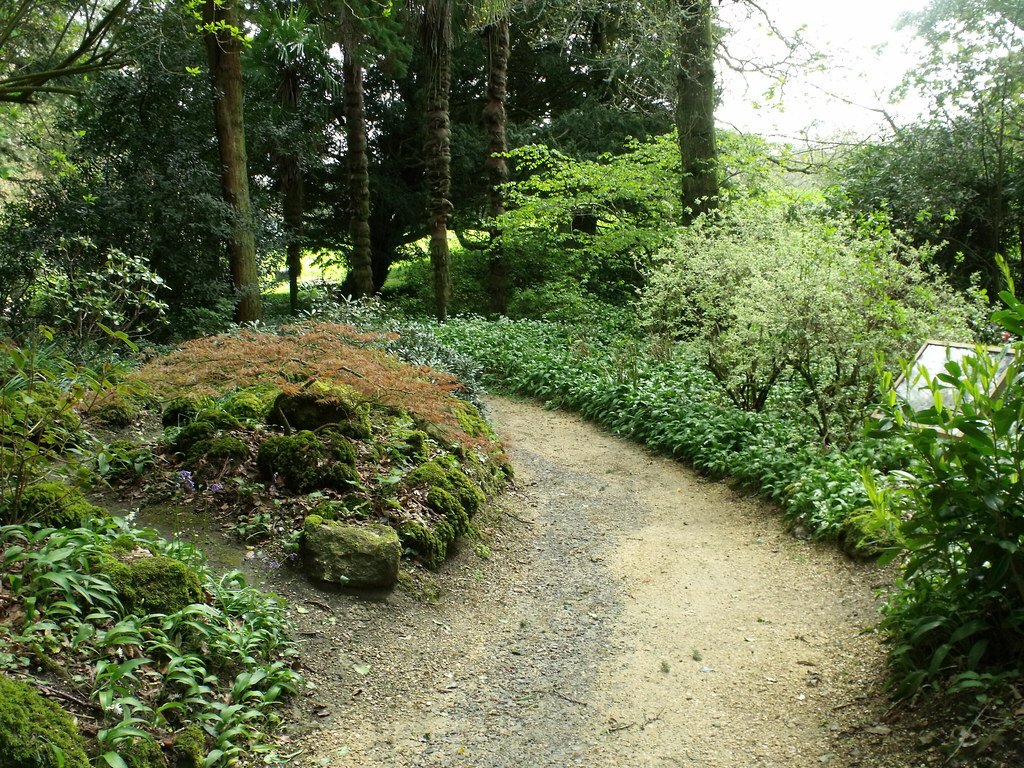
Himalayan primulas are experts at blending in, their pastel blossoms peeking through gravel and scree as if painted by the hand of a master artist. These flowers bloom in clusters, creating carpets of pink, purple, and yellow that brighten the bleakest landscapes. Primulas have evolved to withstand extreme fluctuations in temperature, opening their petals wide on sunny days and closing up tight when storms roll in. Their adaptability is a testament to the power of subtlety in a world obsessed with strength.
Medicinal Marvels: Nardostachys jatamansi

Nardostachys jatamansi, or spikenard, is a fragrant herb prized for its calming oils and ancient healing powers. Used in traditional medicine for centuries, it’s believed to soothe anxiety, insomnia, and even heart trouble. The scent of spikenard is earthy and mysterious, lingering like a secret in the cool mountain air. Its roots are harvested for their essential oils, but overcollection has made the plant increasingly rare. Spikenard’s story is one of balance—between healing and harm, scarcity and abundance.
Frost Flowers: The Himalayan Edelweiss
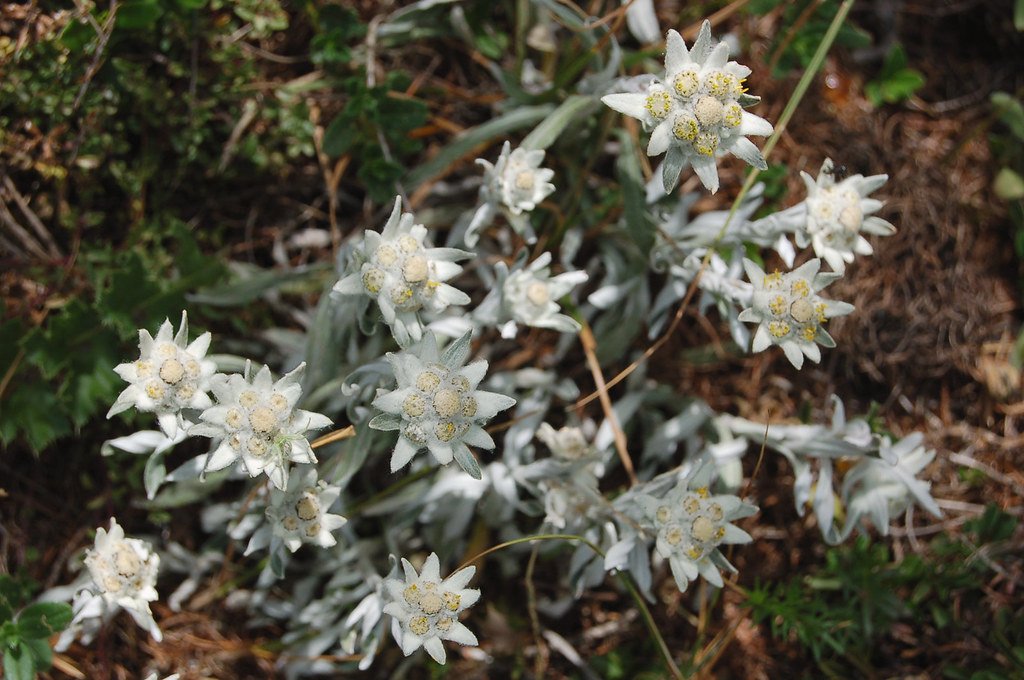
The Himalayan edelweiss (Leontopodium himalayanum) is a symbol of courage, with star-shaped white flowers that seem to shine against icy rocks. These plants grow at staggering heights, their felted leaves trapping warmth and moisture in an otherwise unforgiving environment. Edelweiss has long been a symbol of love and bravery in mountain folklore, and spotting one feels like finding a hidden treasure. Its resilience is a quiet kind of heroism, whispering that beauty can thrive even in the most hostile places.
Miniature Forests: Dwarf Bamboo
Dwarf bamboo forms dense thickets along the slopes, creating miniature forests that sway in the wind. These tough grasses are crucial for the survival of the endangered red panda, which feeds almost exclusively on their shoots. Bamboo’s rapid growth and ability to regenerate after being cut make it a symbol of renewal. Watching a hillside of dwarf bamboo ripple in the breeze is like seeing the mountain breathe—a quiet reminder of the interconnectedness of all living things.
Ephemeral Epics: Short-Lived Wildflowers
Some Himalayan wildflowers have lifespans measured in days, not years. They burst into bloom after a rainstorm or a brief spell of warmth, racing to complete their life cycles before the cold returns. These brief explosions of color are a feast for pollinators and a source of wonder for anyone lucky enough to witness them. Their fleeting existence is a powerful metaphor for seizing the moment, no matter how short or uncertain.
High-Altitude Adaptations: Leaves, Roots, and Beyond

Himalayan plants aren’t just tough—they’re ingenious. Many grow thick, waxy leaves to conserve water, or develop long taproots to anchor themselves in shifting scree. Some even produce antifreeze-like chemicals to survive sudden freezes. These adaptations are not random; they’re precise responses to the unique challenges of mountain life. Each trait is a story of trial, error, and ultimate success in one of the world’s most unforgiving environments.
Plant-Animal Partnerships: Symbiosis in the Skies
Life in the Himalayas is a team sport. Birds and insects pollinate flowers, while rodents and marmots help spread seeds. Some plants have evolved to provide food or shelter for specific animals, creating intricate webs of cooperation. The famous Himalayan honeybee, for example, depends on high-altitude flowers for nectar, while the plants rely on the bees to reproduce. These partnerships are delicate and easily disrupted, highlighting the importance of every link in the ecological chain.
Threats from Climate Change: A Race Against Time
The Himalayas are warming faster than almost anywhere else on Earth. Glaciers are melting, weather patterns are shifting, and invasive species are creeping uphill. For many Himalayan plants, these changes spell disaster. Species adapted to narrow bands of altitude have nowhere else to go. The loss of just one plant can ripple through entire ecosystems, affecting animals, fungi, and even people. It’s a stark reminder that these wonders are not guaranteed—they’re a gift, and one we could lose.
Traditional Knowledge: Local Wisdom and Plant Lore
For centuries, Himalayan communities have lived in harmony with their unique plant life. They use herbs for medicine, flowers in rituals, and roots for food and dye. This traditional knowledge is a treasure trove of practical wisdom, passed down through generations. Elders know which plants can treat a fever, which can poison, and which can heal a broken heart. As modern life encroaches, this knowledge is at risk of being lost—but it remains a vital link between people and the land.
Conservation Efforts: Protecting Nature’s Masterpieces
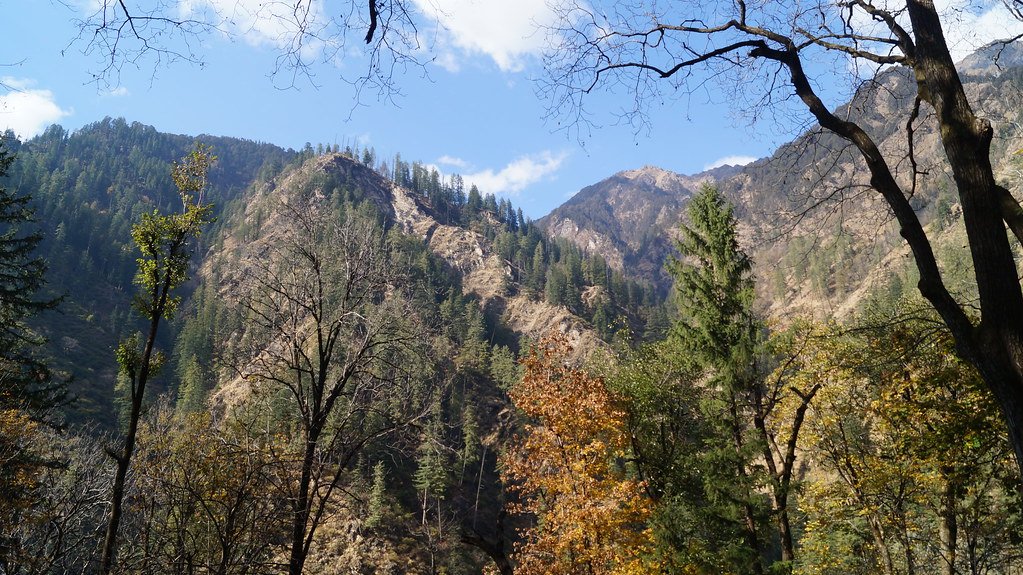
Across the Himalayas, scientists, conservationists, and local villagers are working together to protect these botanical wonders. Efforts include seed banks, protected areas, and sustainable harvesting practices. Some projects use drones and satellites to monitor remote populations, while others focus on educating the next generation. The stakes are high: losing these plants would mean losing irreplaceable genetic resources, cultural heritage, and inspiration for the world. Conservation isn’t just about saving plants—it’s about preserving the stories they tell.
A Living Laboratory: Modern Science in the Himalayas
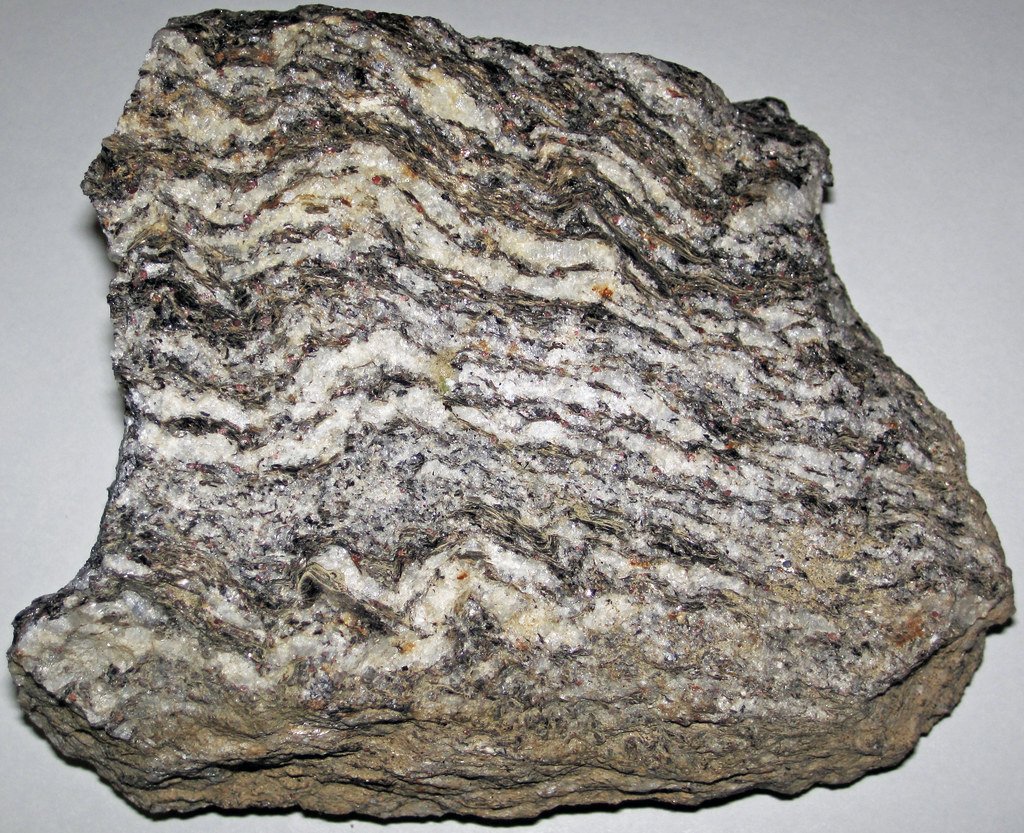
Researchers flock to the Himalayas to study everything from plant genetics to climate adaptation. Recent discoveries include new species and compounds with the potential to revolutionize medicine or agriculture. Scientists are learning how Himalayan plants manage stress, resist disease, and thrive where others can’t. Their findings could help crops survive drought, or unlock new treatments for human illnesses. The Himalayas are not just a wilderness—they’re a living laboratory, full of secrets waiting to be discovered.
Reflections from the Roof of the World
Standing among the wildflowers and windswept shrubs of the Himalayas, it’s impossible not to feel humbled. These plants are silent witnesses to eons of change, carrying stories of struggle, adaptation, and beauty beyond imagination. Their resilience is both a challenge and an inspiration: if life can flourish here, what possibilities exist elsewhere? Every leaf and petal is a reminder to look closer, to cherish the hidden marvels of our world, and to remember that even in the harshest places, hope can bloom.

